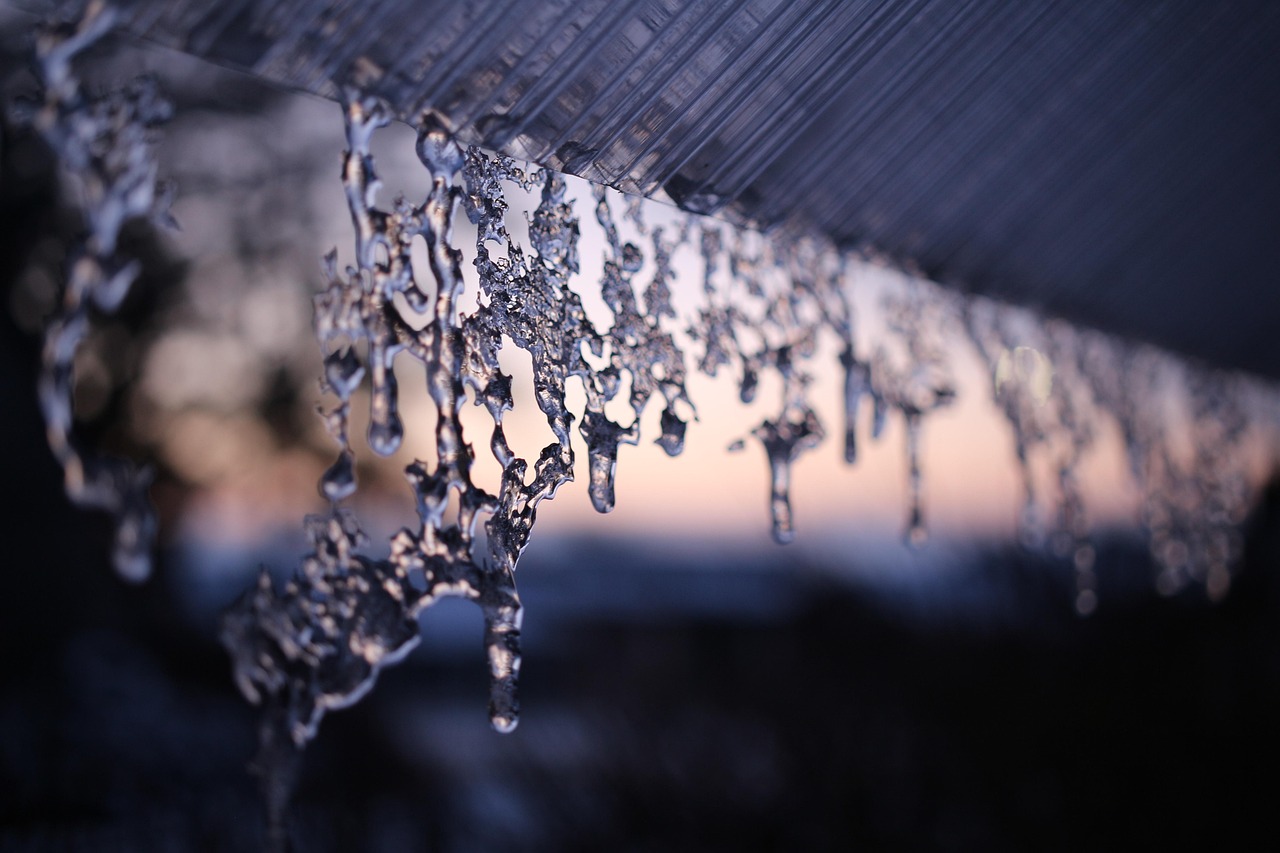A leaking roof can quickly turn from a minor annoyance into a major home disaster if left unaddressed. Water infiltration damages ceilings, walls, insulation, and can even lead to dangerous mold growth. Identifying common roof leak causes early is crucial for preventing extensive damage and costly repairs. This article explores the typical sources of roof leaks, explains how to find roof leak sources, and provides practical advice for homeowners to address these issues before they worsen.
Understanding Water Stains on Ceilings
One of the first signs of a roof leak that homeowners often notice is water stains on ceilings. These discolored patches typically appear as yellowish or brownish rings that grow larger with each rainfall. While a water stain ceiling roof leak provides evidence of a problem, it’s important to understand that the actual leak source may be located some distance away from the stain. Water often travels along roof beams or other structural elements before dripping onto your ceiling. When investigating, start at the stain but be prepared to inspect a much wider area of your roof to find the true source of infiltration.
Damaged or Missing Shingles
Among the most common roof leak causes are damaged or missing shingles. Shingles can become cracked, curled, or completely torn off during severe weather events such as high winds or hailstorms. Even the natural aging process can cause shingles to deteriorate over time, compromising their water-resistant properties. Inspect your roof regularly for visible signs of shingle damage, particularly after storms. Pay special attention to areas where shingles appear darker, as this often indicates water absorption. Replacing damaged shingles promptly can prevent water from seeping into your attic and eventually causing those telltale water stains on your ceilings.
Flashing Failures
Roof flashing is the thin metal material installed at roof joints and around protrusions to create a water-resistant barrier. When flashing becomes damaged or improperly installed, it creates vulnerable points for water entry. Flashing leak repair is one of the most common fixes needed on roofs, particularly around chimneys, skylights, and where roof planes meet. Over time, the caulking around flashing can deteriorate, or the flashing itself can become bent or separated from the roof surface. During your inspection, carefully examine these transition areas as they’re prime locations for leaks to develop.
Problematic Roof Vents and Penetrations
Any object that penetrates your roof creates a potential entry point for water. Roof vents, plumbing stacks, exhaust fans, and similar features require proper sealing to maintain a watertight roof system. The rubber boots around vent pipes can crack with age and exposure to the elements. Similarly, the seals around other penetrations can deteriorate over time. When attempting to find roof leak sources, always inspect these areas thoroughly, looking for cracked seals, damaged boots, or corroded metal components that might allow water infiltration.
Clogged Gutters and Ice Dams
Your gutter system plays a crucial role in directing water away from your roof and home. When gutters become clogged with leaves, twigs, and debris, water can back up under shingles and seep into your home. In colder climates, this backed-up water can freeze along roof edges, creating ice dams that prevent proper drainage and force water under shingles. Regular gutter cleaning and maintenance can prevent these issues. Products like gutter guards can help minimize debris accumulation, as experts at AskHomey recommend for homes in areas with heavy tree coverage.
Finding Hidden Roof Leaks
Some roof leaks can be particularly challenging to locate because they don’t create obvious signs inside the home. To find roof leak sources that aren’t immediately apparent, wait for a rainy day and enter your attic with a flashlight. Look for water droplets, damp insulation, or water stains on the underside of the roof deck. Alternatively, on a dry day, have a helper spray water on different sections of the roof while you observe from inside the attic. This methodical approach can help pinpoint even elusive leaks. Start from the lowest point on the roof and work upward, as water naturally flows downhill.
When to Call a Professional
While many homeowners can successfully identify the general area of a roof leak, professional inspection is often necessary for precise diagnosis and proper repair. Roof work can be dangerous, and improper repairs might void roofing material warranties. Consider calling a professional roofer if your leak persists despite your best efforts to locate it, if the leak appears extensive, or if accessing your roof safely is difficult. A professional has specialized tools and training to safely access all areas of your roof and can often identify subtle issues that the untrained eye might miss.
For more tips and to connect with reliable home service professionals, follow AskHomey on Facebook and Instagram.



